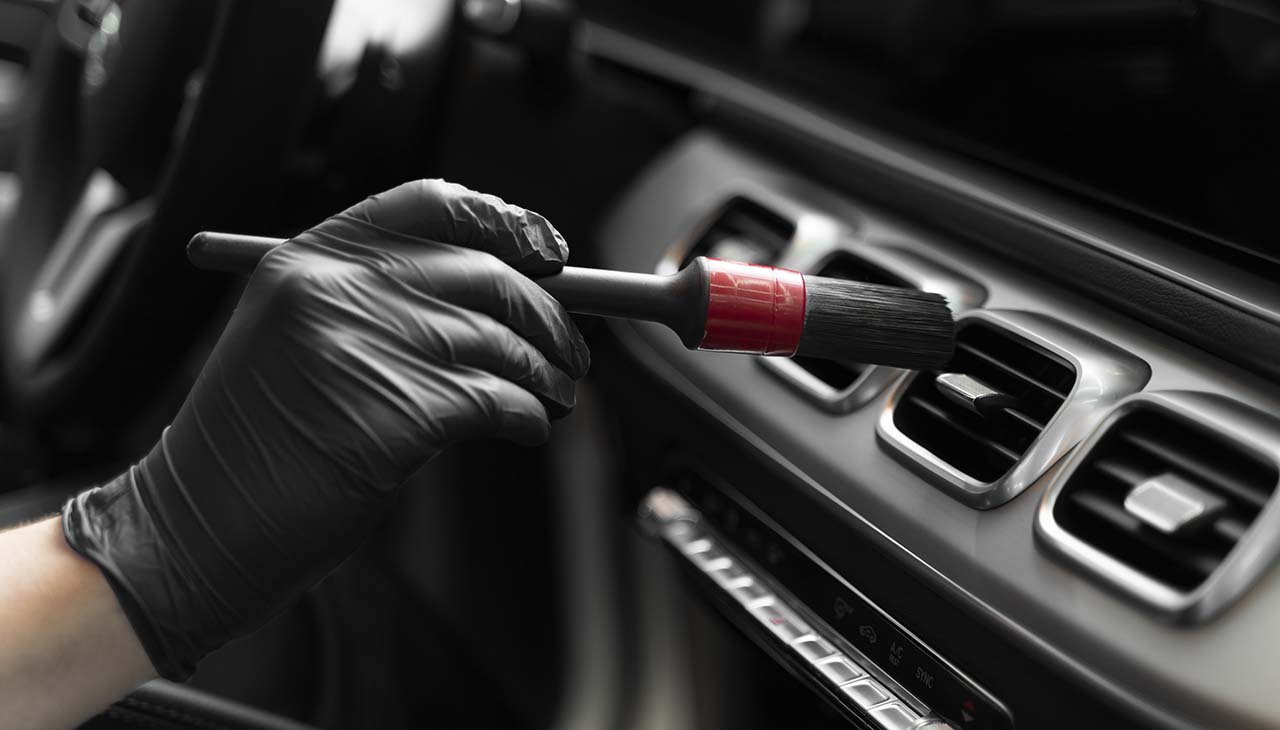
High-Tech Upgrades for Your Car Interior: From Infotainment to Ambient Lighting
The modern car is no longer just a means of transportation; it’s a moving extension of the digital world we live in. High-tech upgrades for car interiors are transforming the driving experience, merging innovation with comfort and entertainment. From advanced infotainment systems that keep you connected to your world, to ambient lighting that sets the mood for every drive, the possibilities are endless. This article explores the latest trends and technologies that can turn your vehicle into a futuristic cocoon, ensuring every journey is as enjoyable as the destination.
Infotainment Systems
One of the core elements transforming car interiors into high-tech hubs is the advanced infotainment system. These systems are pivotal in blending entertainment and information seamlessly for both drivers and passengers, turning road trips into immersive experiences. Modern infotainment systems come with a variety of features, including touchscreen controls, voice commands, GPS navigation, and access to streaming services for music and video.
When comparing popular infotainment options, systems like Tesla’s Autopilot interface, BMW’s iDrive, and Audi’s MMI system stand out. Tesla’s Autopilot interface boasts a minimalist design with an emphasis on autonomy, making it a favorite among tech enthusiasts. BMW’s iDrive balances functionality with ease of use, offering a tactile controller in addition to touchscreen inputs. Audi’s MMI system combines intuitive controls with sleek visuals, making it highly user-friendly.
Integrating smartphone connectivity through platforms like Apple CarPlay and Android Auto has further enhanced the utility and appeal of infotainment systems. This integration allows drivers to access their phone’s features, such as music libraries, messaging apps, and navigation apps, directly from the car’s interface. The benefits of this are twofold: it offers the convenience of using familiar apps and services while driving and also promotes safer driving habits by reducing the temptation to use the phone directly.
Ambient Lighting
Ambient lighting, while subtly enhancing the aesthetics of a car’s interior, plays a significant role in shaping the driving experience. It is more than just a decorative feature; it strategically illuminates the interior, emphasizing ergonomics and safety. By casting a soft glow that reduces harsh contrasts between the dark environment outside and the vehicle’s controls, ambient lighting can help lessen driver fatigue during night drives. It also adds to the overall ambiance, making the interior environment more comfortable and appealing.
There are several types of ambient lighting options available in modern cars. LED strips are popular for their flexibility and range of colors, enabling them to be fitted in various parts of the car interior, including under dashboards, door panels, and seats. Fiber optic lights offer a more diffused light, creating a seamless glow that is both futuristic and elegant. Some high-end models even feature projection lighting that casts the car brand’s logo or other patterns onto the floor when the doors are opened, adding a touch of sophistication and personalization.
The trend towards customization and personalization in ambient lighting has grown significantly. Many vehicles now offer systems that allow drivers to adjust the color and brightness of the lighting to match their mood or preference. This personalization extends to programmable settings for different drivers or times of day, further enhancing the driving experience. Companies are investing in technology that enables ambient lighting to react dynamically to other elements of the drive, such as changing colors based on the rhythm of the music playing or alerting drivers with color shifts when navigation instructions are forthcoming. This level of interactivity and personalization not only elevates the aesthetic appeal of the car interior but also adds an extra layer of connectivity between the vehicle and its occupants, making every drive a tailored experience.
Advanced Driver-Assistance Systems (ADAS)
Advanced Driver-Assistance Systems (ADAS) are revolutionizing the way we drive, making roads safer and driving easier. At the forefront of these technologies are features like lane departure warning, adaptive cruise control, and parking assist. Lane departure warning systems monitor road markings and alert drivers if they inadvertently begin to veer out of their lane, preventing potential collisions. Adaptive cruise control goes beyond traditional cruise control by using sensors and radar to maintain a safe distance from the vehicle ahead, automatically adjusting the car’s speed in response to traffic conditions. Parking assist technology aids drivers by taking over steering during parking maneuvers, using ultrasonic sensors, cameras, and radar to guide the car into a parking spot with minimal driver input.
Integrating these ADAS technologies into the car interior has numerous benefits. They contribute to a significant reduction in driver fatigue by automating routine tasks and providing real-time assistance in complex driving scenarios. This not only enhances safety by reducing the likelihood of accidents due to human error but also elevates the overall driving experience, making it more comfortable and less stressful. Furthermore, the seamless integration of these technologies into the vehicle’s interface ensures that drivers can easily monitor and control these systems, making driving an intuitive and more enjoyable endeavor. By blending advanced safety features with luxury and convenience, ADAS technologies are setting new standards for what drivers can expect from their vehicles’ interiors.